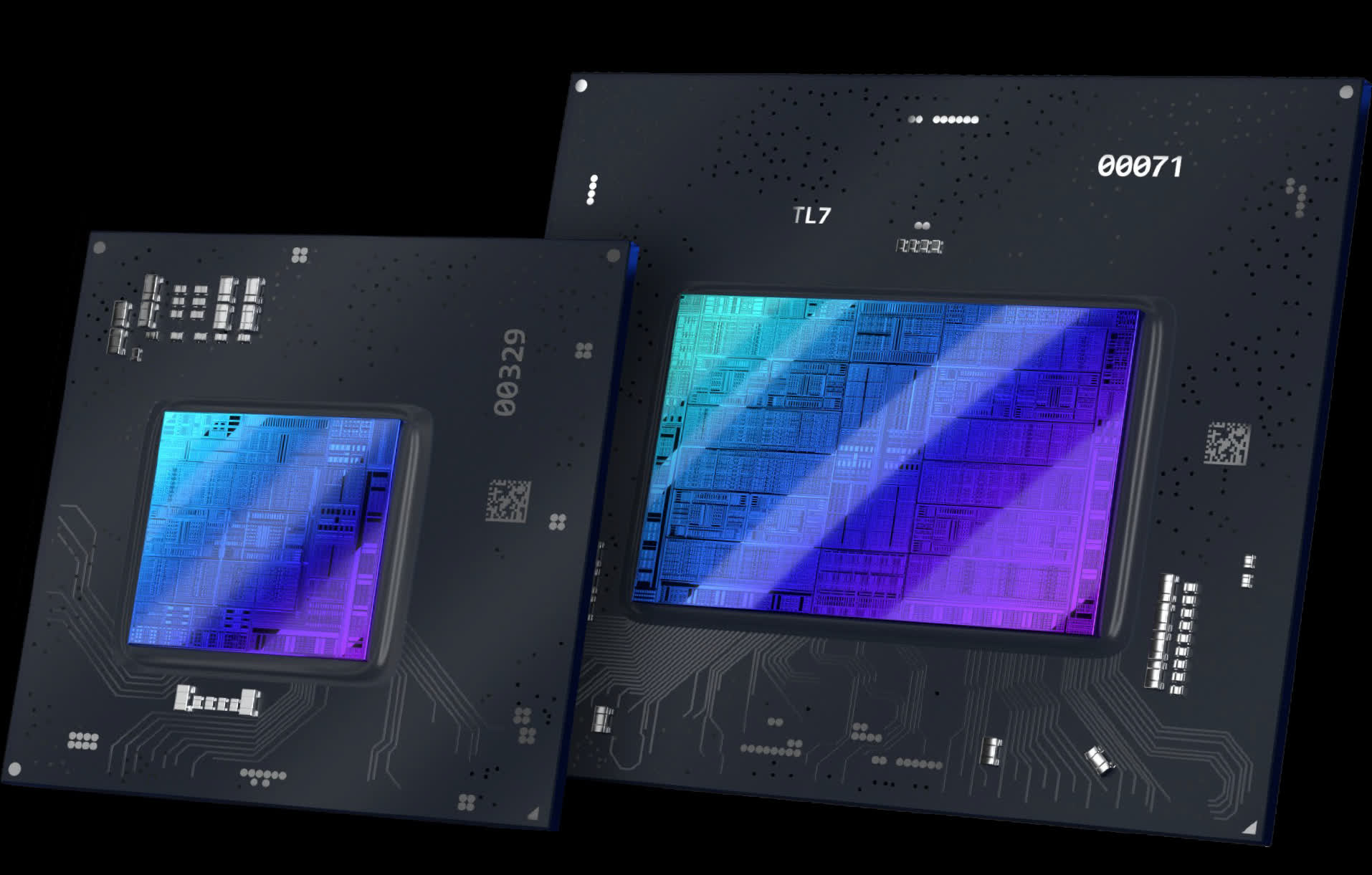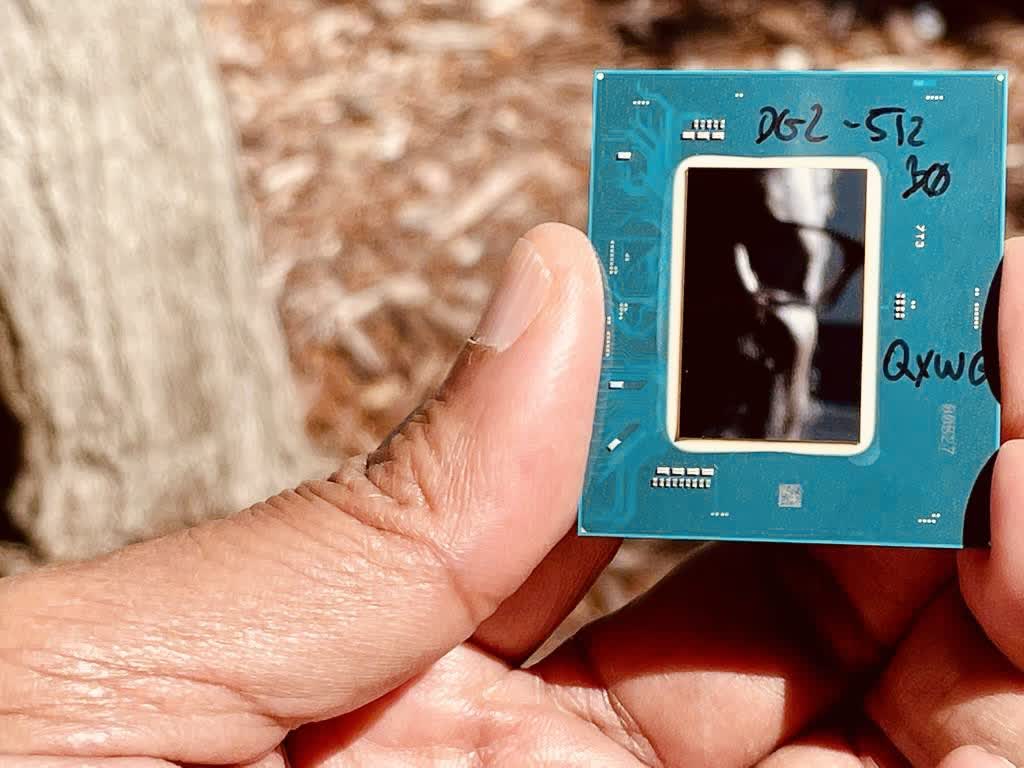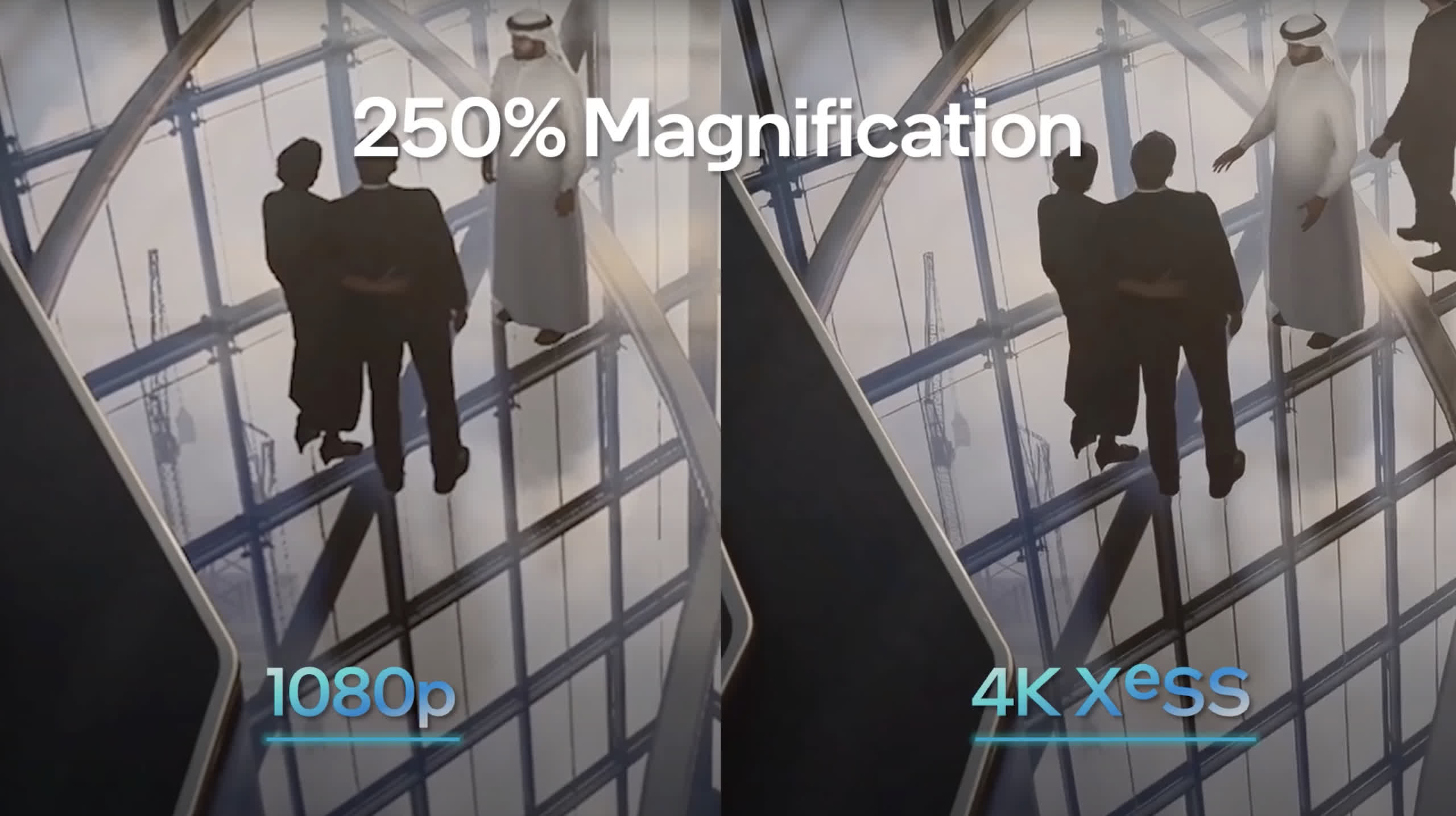In brief: Intel’s Arc Alchemist GPUs aren’t here yet, but that didn’t stop the company from dropping some teasers around that as well as its XeSS supersampling technology during the Innovation 2021 event. XeSS looks like a promising alternative to AMD's FSR and Nvidia's DLSS, and developers can already start adding support for it into their games.

There are still a lot of unknowns about Team Blue’s gaming-oriented Xe-HPG architecture, but the company pretty much confirms some of the rumors we’ve heard over the past several months. Alchemist GPUs will come in several tiers covering different price points, but there will also be a full-fat variant that will pack no less than 32 Xe cores. Each Xe core consists of 16 Vector Engines and 16 Matrix Engines, for a total of 512 Execution Units.

This suggests the upcoming flagship Alchemist GPU has a good chance of offering similar performance to an Nvidia RTX 3070 or an AMD RX 6700 XT, and there are hints that pricing will also be quite competitive. However, the software also has to be on point, and Intel has chosen to develop its XeSS supersampling technique as an open technology just like AMD’s FSR. This should, at least in theory, give it a higher chance of quick adoption by game developers.
During the Innovation 2021 event, Intel announced it has partnered with game studios IO Interactive and Exor Studios to bring XeSS support to Hitman 3 and The Riftbreaker. The announcement was accompanied by brief video demos, but unfortunately they’re only available in 1080p. The company says it will update the YouTube upload to 4K quality so we can get a better idea of the quality provided by XeSS upscaling, but the big promise here is that you’ll be able to get close to 4K native image quality with the performance cost of 1080p native rendering.
It’s worth noting The Riftbreaker also supports AMD’s FidelityFX Super Resolution (FSR) technology. This suggests Intel is more keen on comparing XeSS to FSR rather than pitting it against Nvidia’s potentially superior DLSS tech, which is only available on RTX graphics cards. By contrast, both XeSS and FSR will work on all graphics solutions — including integrated graphics.

Intel also touched on support for features like ray tracing and Xe Ground-Truth Ambient Occlusion (XeGTAO). The company has already shared the SDK for these technologies as well as XeSS with select developers as part of the early-access DevMesh program. This means that both large studios as well as indie game developers can already start integrating XeSS support into their titles, which is a great way for Intel to spur adoption ahead of the official launch of Arc Alchemist GPUs.
Overall, it looks like Intel is trying to earn back the trust of the software industry with a developer-centric strategy. This became obvious last month when it transpired that Intel had started hiring former EA and AMD managers. The company knows it has a window of opportunity with Xe-HPG, but for it to succeed, the hardware and software pieces of the puzzles have to fall into place. Alchemist GPUs are expected to land in the first half of next year, so it won’t be long before we learn more about their capabilities.
https://www.techspot.com/news/91996-intel-briefly-demoes-xess-supersampling-tech-hitman-3.html